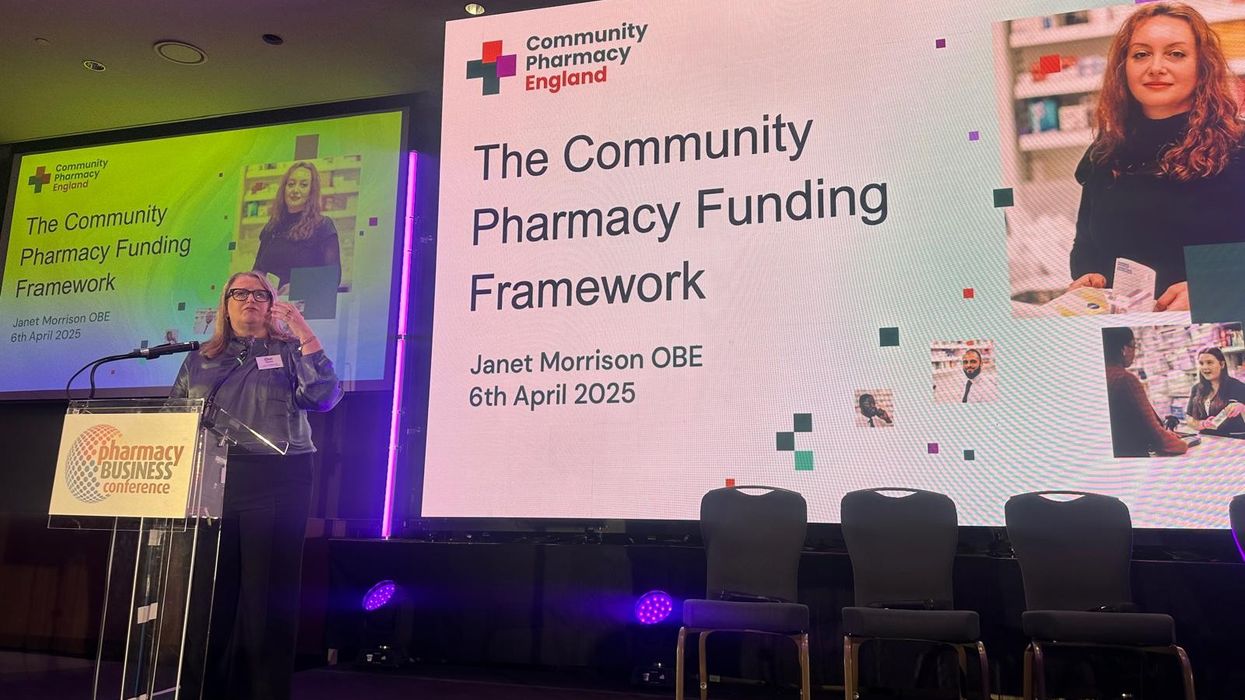RPS calls for further evidence says it is "clearly at odds with regulator, and the practice taking place in a significant number of pharmacies"
In a surprising move that has divided the pharmacy profession, the General Pharmaceutical Council (GPhC) has sanctioned hundreds of pharmacies to allow patients to self-select certain Pharmacy (P) medicines, a decision met with strong opposition from the Royal Pharmaceutical Society (RPS) as well as from the Pharmacy Defense Association (PDA).
In a statement, RPS shared that at a board meeting held on 19th June, they expressed "disappointment" over what they described as a lack of prior consultation and comprehensive communication from the GPhC regarding the implications of this policy shift.
They argue that allowing patients to self-select certain P medicines could potentially jeopardize established professional guidelines and compromise the role of pharmacists in ensuring safe medication use.
"Enabled by the General Pharmaceutical Council, we understand that hundreds of pharmacies, from large multiples to small independents, have been approved by the regulator to enable patients to self-select certain P medicines," the statement said.
"In each case, the sale of the P medicine is still required to take place within registered premises and under the supervision of a pharmacist."
Following a meeting with the GPhC and a pharmacy contractor to brief the three National Pharmacy Boards on the patient safety guarantees that have permitted the regulatory body to sanction this modification, RPS called for further evidence "to ensure any potential forthcoming changes to our professional guidance are truly evidence based."
"We are continuing to consider our current position, which is now clearly at odds with regulator, and the practice taking place in a significant number of pharmacies."
Consequently, the RPS called upon the GPhC and a pharmacy contractor to brief the three National Pharmacy Boards on the patient safety guarantees that have permitted the regulatory body to sanction this modification.
Plans to adopt 'facilitated self-selection'
Conversely, the GPhC defends its decision, emphasising that facilitated self-selection will be accompanied by robust safeguards to uphold regulatory standards.
Roz Gittins, Chief Pharmacy Officer at the GPhC, underscored the importance of pharmacist supervision during the dispensing process and said:
"Our long-standing position on this has been that self-selection of P Medicines would not be compatible with our regulatory standards without key safeguards being in place.
"This includes ensuring continued compliance with the current legal requirement for pharmacist supervision, and assurance that any arrangements put in place secure patient and public safety."
While the GPhC acknowledged the pharmacists' need to "innovate and develop provide new ways of working" and delivering patient-care, as the regulator, they said:
"We don’t seek to stifle innovation, but to make sure that registered pharmacies meet our standards, as well as any relevant legal requirements, whilst maintaining the safety of their services."
Following their recent participation in the RPS Board meeting, the (GPhC) has acknowledged the need for clearer language regarding the self-selection of P-medicines.
They recognised that previous terms like 'open display' might imply reduced pharmacist involvement.
Therefore, the GPhC plans to adopt 'facilitated self-selection' to emphasize the crucial role of pharmacists and pharmacy teams in overseeing the supply of medicines.
This change aims to improve clarity and align with ongoing sector feedback and review processes as the regulatory board says "they will continue to monitor developments through our normal inspection activity".
PDA advocates for robust patient safety measures
The PDA’s stance is reinforced by historical context; in 2012, a chief pharmacist notably remarked, “P medicines are the tools of a clinician, and they should not be made available on open display.”
They argue that the traditional model, where pharmacists play a central role in advising on and dispensing medications, ensures optimal patient safety.
As the debate intensifies, the RPS has indicated plans to solicit further evidence and feedback to inform potential revisions to its professional guidelines.
The GPhC has developed an FAQ on facilitating self-selection of pharmacy medicines to answers key questions, including about managing risks and about safeguards.


















